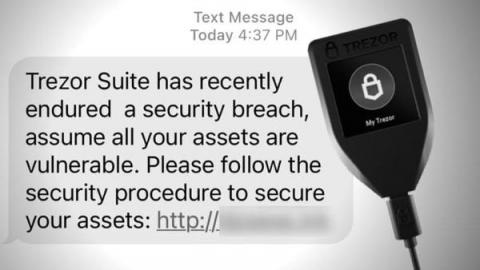What Are Parameter Tampering Attacks?
APIs will continue to drive business and accelerate digital transformation this year to the extent that nearly no other technology can; according to the 19th Developer Economics survey by Slashdata, almost 90% of all developers use APIs. This makes them a target for attackers who aren’t afraid to engage in any tactic, especially tried-and-true methods like parameter tampering attacks - malicious API attack traffic surged 117% from 2021 to 2022.



